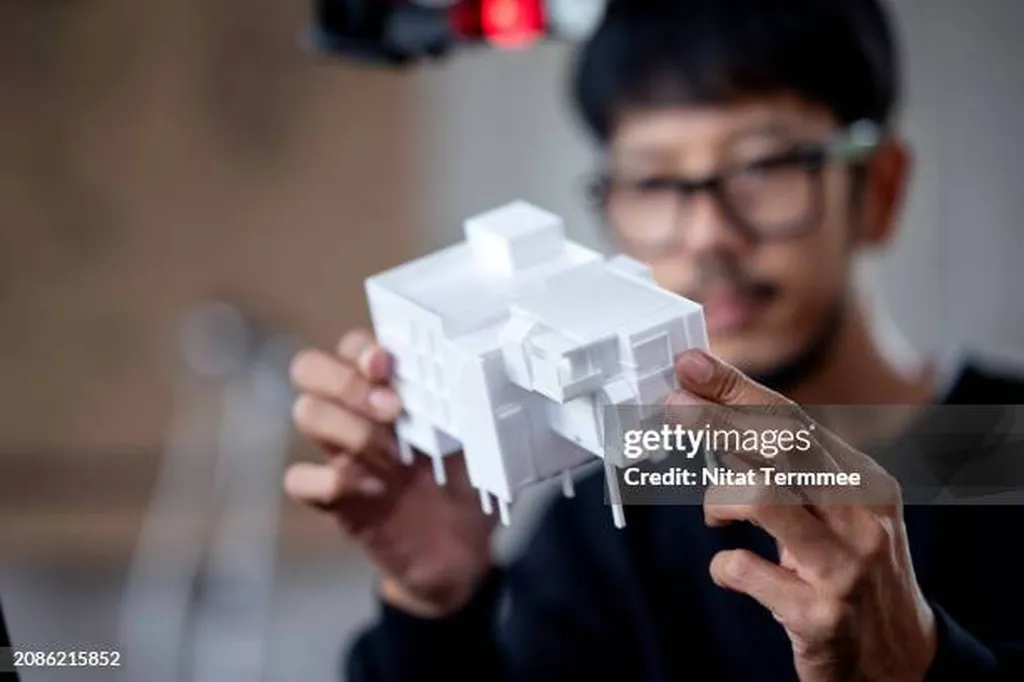In the rapidly evolving landscape of construction, the concept of a digital twin—a dynamic, real-time digital replica of physical infrastructure—is emerging as a game-changer. This technology is not just a tool for visualization; it’s a powerful platform that enables precise asset management, predictive maintenance, and enhanced safety. But the true power of a digital twin lies in the accuracy and comprehensiveness of the data that fuels it. So, what tools are available today to inform this digital twin and drive the construction industry towards a more sustainable and efficient future?
High-Fidelity Asset Mapping: The Foundation of the Digital Twin
At the heart of any digital twin lies high-fidelity asset mapping. This process involves the use of Ground Penetrating Radar (GPR), Electromagnetic (EM) locators, and historical records to pinpoint the exact depths, paths, and positions of underground cables and vaults. As one industry expert puts it, “This data feeds into the digital twin’s 3D model to mirror real-world cable layouts, junctions, manholes, and terminations with precision.” This level of detail is crucial for accurate planning, risk assessment, and maintenance scheduling.
Real-Time Condition Monitoring: The Pulse of the Infrastructure
The digital twin is not a static model; it’s a living, breathing representation of the infrastructure. Real-time condition monitoring integrates sensor data from smart cables and vaults, providing insights into temperature, load, and partial discharge. Utility locators equipped with RFID or IoT tagging allow the system to monitor specific cable sections and components, ensuring that the digital twin is always up-to-date. This real-time data is invaluable for predictive maintenance and risk management.
Change Detection & Historical Logging: Preserving the Past, Informing the Future
Infrastructure is dynamic, and the digital twin must evolve with it. Change detection and historical logging ensure that any field verification or change detected through utility locating is logged and timestamped. This creates an evolving and accurate historical record of the network, allowing for better decision-making and long-term planning.
Risk Analysis & Predictive Maintenance: Anticipating the Future
By overlaying soil conditions, moisture levels, and past fault locations with exact cable routes, the digital twin can identify cables at risk of failure and prioritize preventive maintenance. This proactive approach not only extends the lifespan of the infrastructure but also enhances safety and reduces costs.
Planning & Simulation: Testing the Waters Before Diving In
The digital twin allows for precise modeling of load flows, fault propagation, or emergency rerouting. This capability supports planning for network upgrades or load balancing under different scenarios, even in urban cores with dense infrastructure. As one industry leader notes, “Accurate utility positions allow for precise modeling, helping us to plan for the future with confidence.”
Enhanced Safety and Coordination: Protecting People and Infrastructure
The digital twin also plays a crucial role in enhancing safety and coordination. For instance, when an area is flagged for excavation, the digital twin can generate alerts based on exact utility locations and cable types. This reduces risk to the public, workers, and existing infrastructure, contributing to a safer and more efficient work environment.
The Future Vision: A Glimpse into 2035
Looking ahead, the future of asset mapping and digital twins is set to be even more transformative. By 2035, we can expect to see digital twins as the norm, with every urban area having a living digital twin updated in near-real-time via smart sensors and AI-optimized as-built uploads. Autonomous locating robots and drones will patrol or scan construction sites, while augmented reality (AR) will allow field crews to “see” buried utilities as holograms overlaid on the real world.
AI-powered data fusion and prediction will integrate data from various sources to instantly locate and identify utilities with high accuracy. Blockchain-verified utility records will ensure data stewardship, transparency, and traceability. On-demand utility intelligence will be available via apps, allowing field personnel and contractors to access instant answers to critical questions.
Deep subsurface intelligence will become common, guiding not just where to dig, but how to build, based on soil stability, moisture, and thermal conductivity. Full lifecycle integration will ensure that accurate utility identification and location data are available to all stakeholders from the earliest stages of the project.
The Bottom Line
The future of overhead and underground asset identification and locating is set to be autonomous, highly accurate, integrated, predictive, and collaborative. As ASCE’s vision for the future of civil and electrical infrastructure becomes a reality, the question is: Are you ready to move with us into a safer, more reliable, and resilient future with AI and real-time, data-rich digital twins? The technology is available, and the time to act is now.

